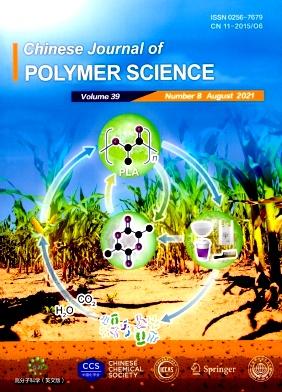Dynamics of Drying Process of Poly(ethylene oxide) Solution Investigated by 3D Digital Holographic Microscopy
Abstract
The dynamics of the drying process of polymer solutions are important for the development of coatings and films. In the present work, digital holographic microscopy (DHM) was performed to capture the drying dynamics of poly(ethylene oxide) (PEO) droplets using a gold nanoparticle tracer, where the heterogeneous flow field in different regions was illustrated. This demonstrates that the gold nanoparticles at either the center or the edge regions of the droplet exhibit anisotropic kinematic behavior. At early stage, Marangoni backflow causes gold nanoparticles to move towards the edge firstly, and the circles back towards the droplet center after arriving the contact line with a sudden increase in z axis for 10.4 µm, indicating the scale of the upward-moving microscopic flow vortices. This phenomenon does not occur in water droplets in the absence of polymers. The gold nanoparticles underwent Brownian-like motion at the center of the PEO droplet or water droplet owing to the low perturbation of the flow field. At the late stage of pinning of the PEO droplets, the motion showed multiple reverses in the direction of the gold nanoparticles, indicating the complexity of the flow field. This study enhances the understanding of the drying dynamics of polymer solution droplets and offers valuable insights into the fabrication of surface materials.

 求助内容:
求助内容: 应助结果提醒方式:
应助结果提醒方式:


